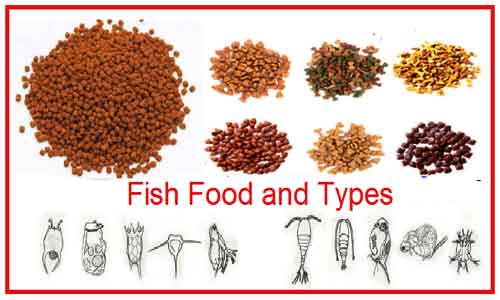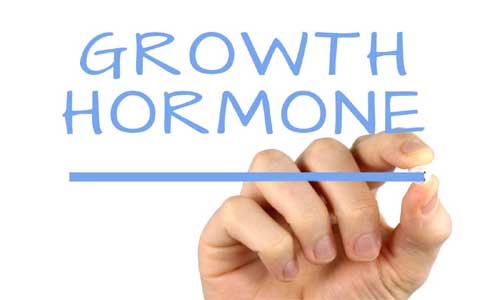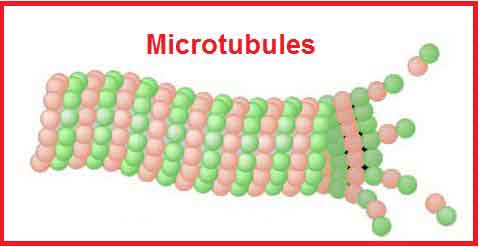Fish Food and Types: Natural and Supplementary Food
Fishes are cold-blooded vertebrate aquatic animals. They prefer to feed various types of food due to their different food and feeding habits. Among them, some feed on plant-based food and some like to eat animal-based foods while many fish species take both plants and animals based food and they are known as omnivorous. In this … Read more




